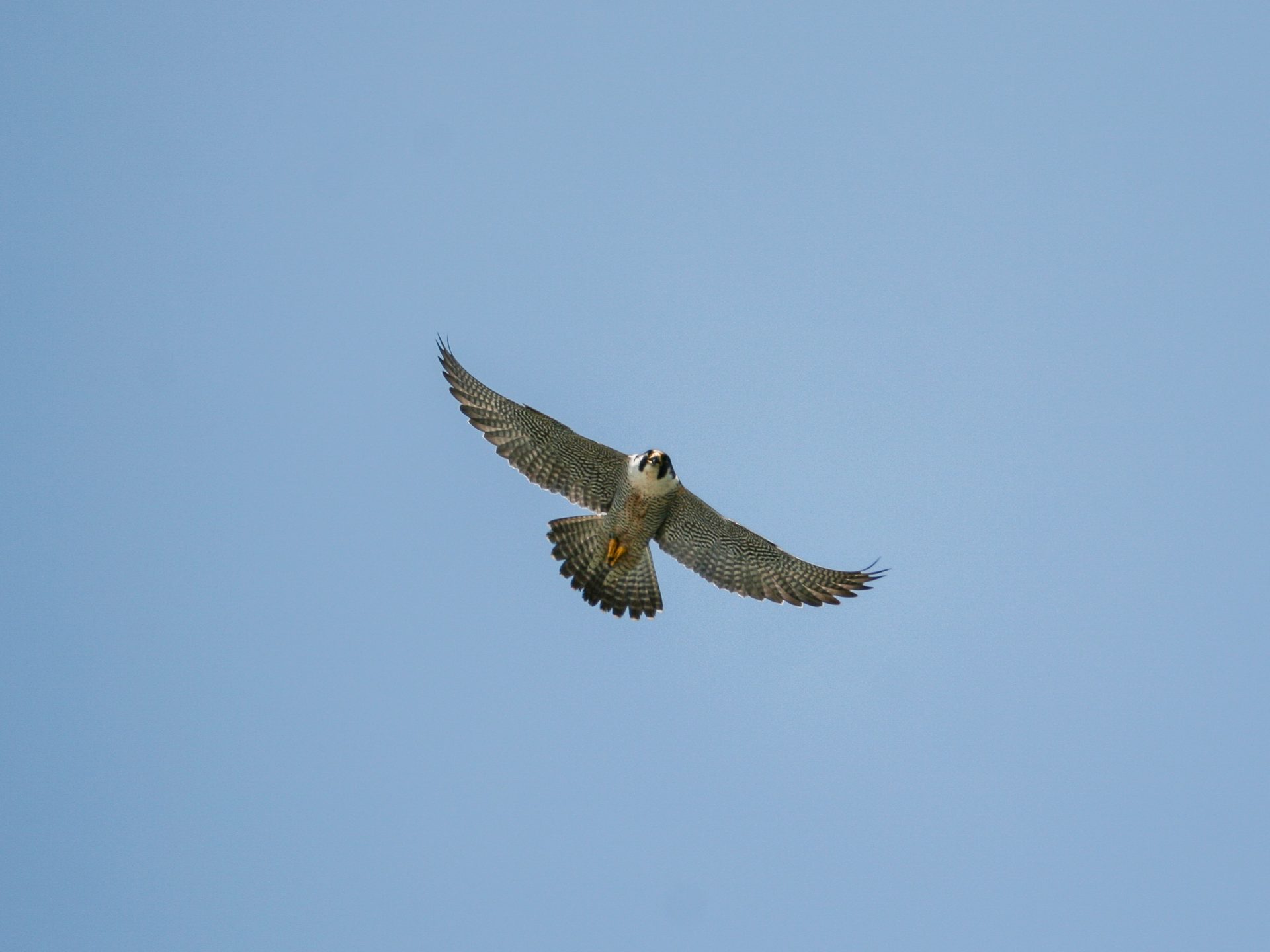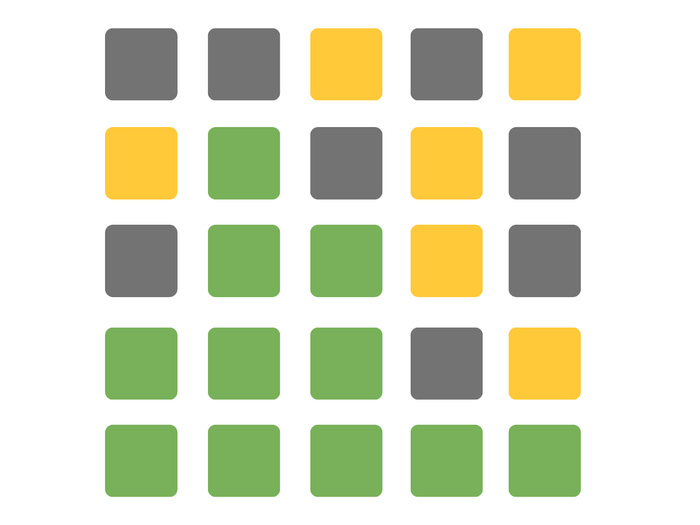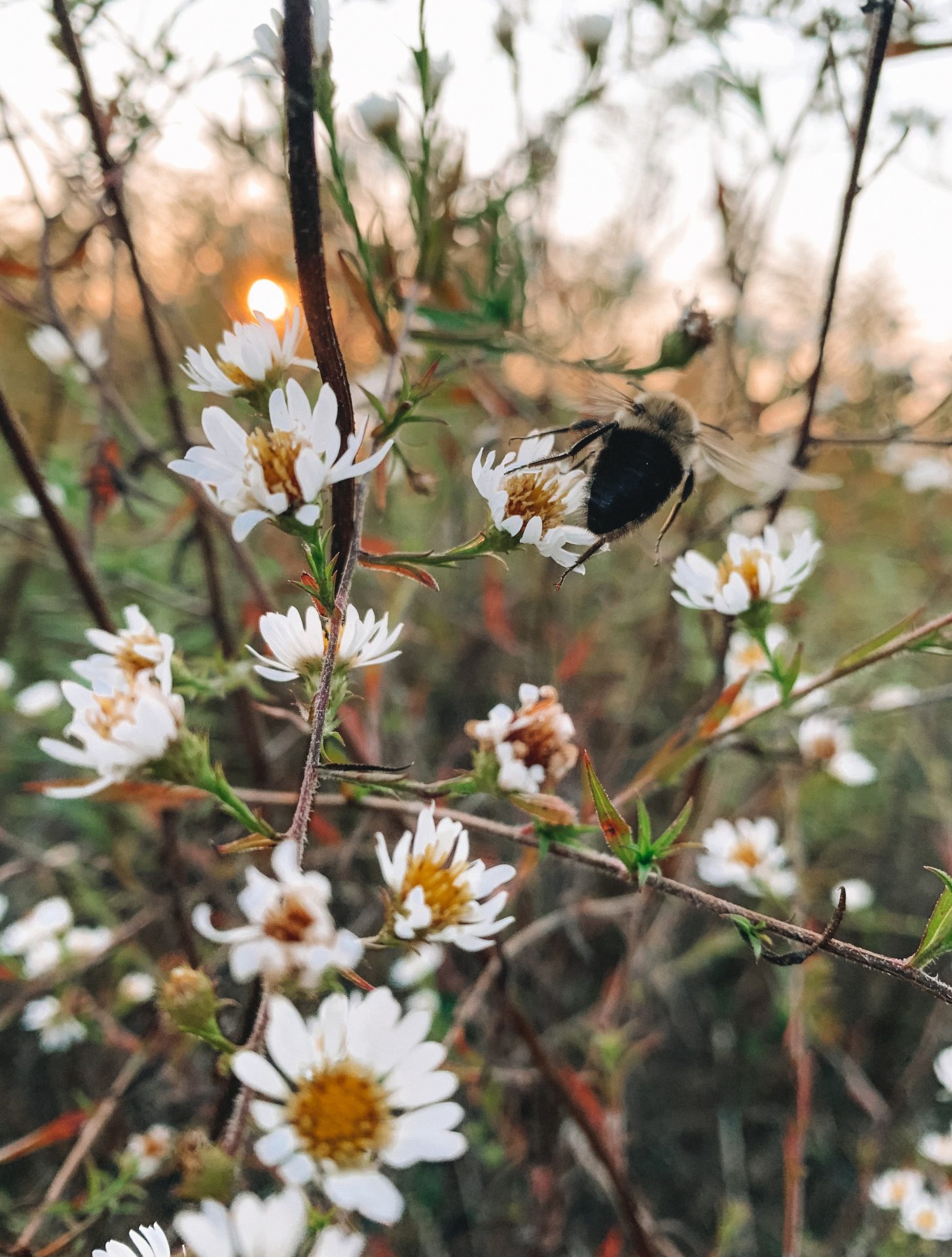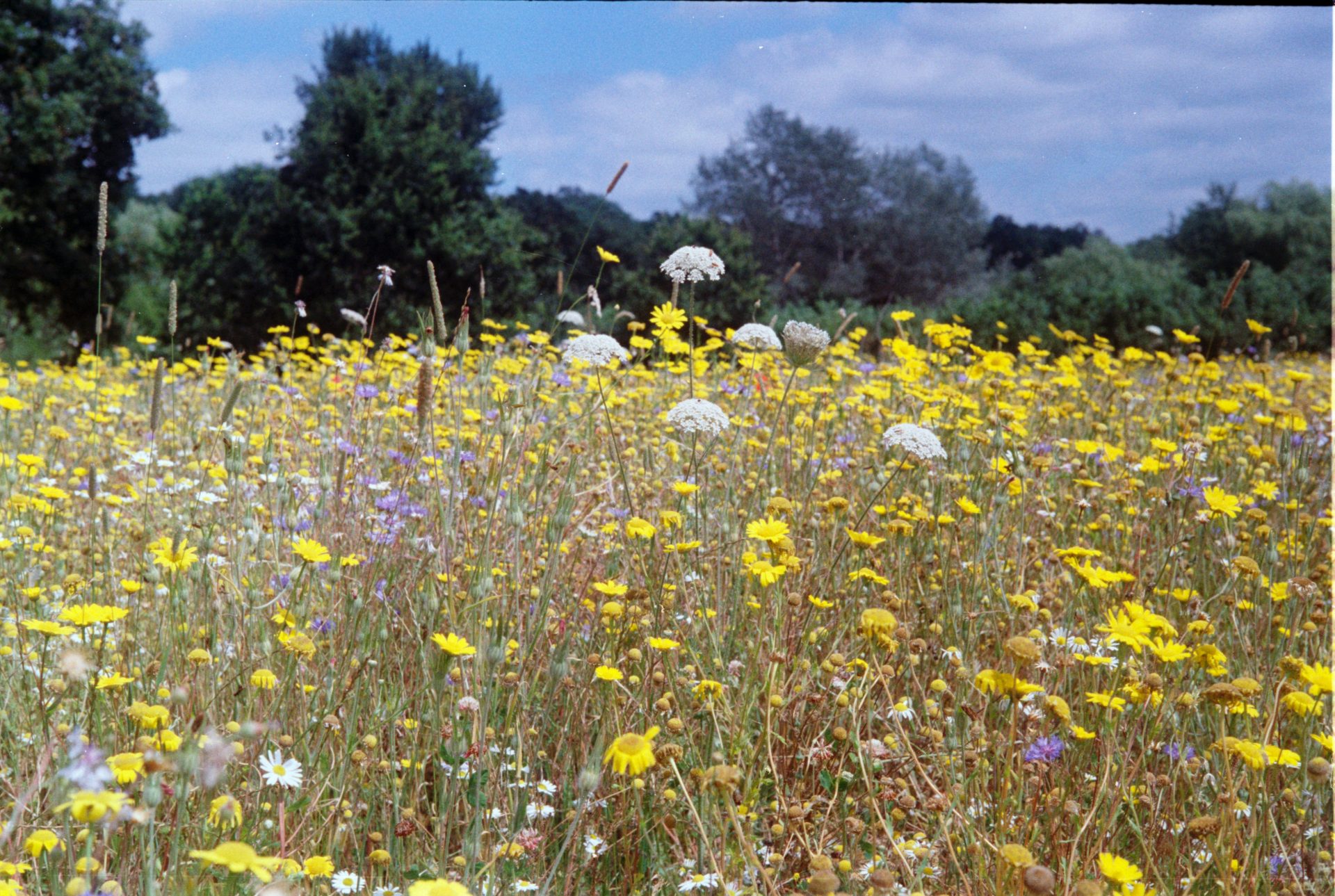
Peregrine Falcon Monitoring & Great Ecology
March 30, 2022
15 Ecology Words to Support Your Wordle Streak
April 15, 2022


Spring into Action for Pollinators
Author: Liz Clift
Now that it’s spring, you may be feeling an urge to start your garden, regardless of what outside temperatures are like or what the weather is likely to do. In a lot of the country, you’re probably in the clear to get things planted—and in some areas, you are likely already seeing some early crops come in.
In other areas though, it’s still a little early. In Denver, for example, people tell one another not to put anything in the ground before Mother’s Day because of the possibility of a late snow. Where I live, the average last frost is still a week or so away. And in New York City, the average last frost isn’t until the third week of April.
This blog is for those of you, who like me, are in areas that are still not quite past average last frost.
Don’t try to plant your garden yet—not because things might not survive (there are additional measure you can take, after all, to give your plants a head start)—but because pollinators may still be hibernating in your garden, especially native pollinators.
According to the Xerces Society, “the primary habitat features used by pollinators and other insects for shelter include stems and branches of trees, shrubs, and wildflowers; leaf litter; undisturbed ground; bare ground; dead wood; brush piles; and rock piles.” This may include whatever you used to mulch your garden, if you mulched your garden, as well as objects that blew in during winter storms.
If you have a lot of gardening energy, however, there are still things you can do! Below are some ideas!
• Reimagine your garden (or lawn!). A lot of people strive for a “perfect” lawn and/or garden area—but perhaps you can imagine different structural elements to include (or leave) this year, such as leaving leaves to be, adding woody pieces as decorative features, shifting toward more or all native species, reducing how much green lawn you have and replacing it with habitat features, or even allowing some early blooming plants (such as dandelions) to bloom rather than pulling them up or dousing them with herbicide. These early blooming “weeds” are an important source of food for pollinators and other species.
• Plan. As part of re-imagining your garden/lawn, you may realize you need to start planning. This may include drawing detailed sketches of your new vision (or paying someone else to help you out with this), figuring out the best places near you to get native plants, figuring out how much compost or other supplemental nutrients you’ll need for your space, and more!
If you’re especially interested in benefiting native pollinators, you may also consider incorporating native wildflowers, particularly ones that will bloom throughout the season. Your local university extension office may be able to provide you with an appropriate seed mix or direct you toward wildflowers that grow especially well in your area. Planting native plants, as opposed to generic wildflower mixes helps reduce the likelihood you introduce noxious species and that you provide plants that can actually feed your local pollinators (which have different length tongues and proboscises).
If gardens aren’t really your thing, but you have a lawn you might also reduce how much lawn you have in favor of planting some native bunch grasses and clump-forming native sedges, which provide important habitat for pollinators year-round.
This is also a great time to consider your weed control method, particularly for invasive species. This could include strategic mowing or clipping flowers before they become seedheads, an aggressive plan to dig out noxious weeds once the ground is sufficiently warm, and more.
• Start indoors. If you’re not purchasing your plants, you may be able to start some of them indoors, in seed trays. Baby plants generally want a light source that is very near the surface of the soil, to prevent them from getting too “leggy” and to stay consistently damp. Depending on your climate and housing set-up, you might consider purchasing a small greenhouse that could go indoors or on your porch to help you get your plants started.
• Plant when it’s warm enough. I know how excited you are to plant things because I’m excited too. However, if you plant before it’s warm enough your plants will be sad—and so will pollinators. In general, pollinators prefer it to be consistently about 50 degrees. While you may see a few pollinators out from time to time on those occasional warm spring days, wait until you consistently see pollinators. If you’re not sure whether it’s warm enough and aren’t in the habit of noticing pollinators, take a look at your lawn (or lawns near you). If lawns are regularly getting mowed, it’s probably okay to start planting. Cool season grasses typically begin growing when the soil reaches 50 degrees (although they won’t thrive until the air—and soil—is consistently a little warmer).
• Consider water sources. Once you’ve potentially reimagined your space and planting has begun, you might also consider sources of water. Pollinators need water too, especially shallow water. This will become an increasing need as temperatures warm up over the season—so if you can incorporate it now and get in the habit of making sure it has water, you’ll be in a good place to help them out as it heats up. This can be as simple as a shallow plate with some pebbles on it or some rocks in a bird path that would allow a pollinator to get water without drowning. Just check on water levels whenever you’re out looking at your yard or garden.
• Avoid -icides when you can. Insecticides can harm a lot of insects—not just the ones you hope to target. Herbicides can harm or kill important beneficial plants, especially if they are applied incorrectly. Pesticides can harm or kill insects and non-insect pollinators. Instead, consider how you might use the design of your space to reduce the need for these things.
For example, can you develop good bird habitat to reduce insect populations naturally (while benefitting local birds and adding a lot of cheerful song to your life) or remove things that attract insects you don’t want? Or, could you add beneficial insects and create good habitat for them, so they might breed?
Can you manage the weeds over time, change soil conditions to discourage weeds, and over time allow native and/or desired species to take over? Could you alter your mowing schedule to preferentially support desired species and reduce undesired species?
Can you discourage rats by moving your compost pile or altering what you put into it? Or get rid of slugs and snails by inviting your neighbor’s chickens or ducks to come feast (with the consent of your neighbor, of course!)? Could you reduce
These are, of course, just a few examples. There are plenty of resources to help you more holistically manage whatever issues are present in your green spaces. This is another area where your local university extension office may offer resources specific to your region.
• Tell people. In some neighborhoods a “messy” yard or garden is frowned upon. But, how would those same neighbors feel if you put up a sign telling them that you were supporting pollinators? There are a lot available to purchase (including some that show the role of grasses!), or if you feel confident in your design skills, you might even make your own that offers specific information to your space!
Even if you don’t have a yard or garden space, you might have access to some of these areas—and you can advocate to keep these areas from being planted or disturbed too early. Think about community gardens, gardens at the places where you volunteer, the lawns / gardens family members have, green areas owned by the company you work for, and more!

